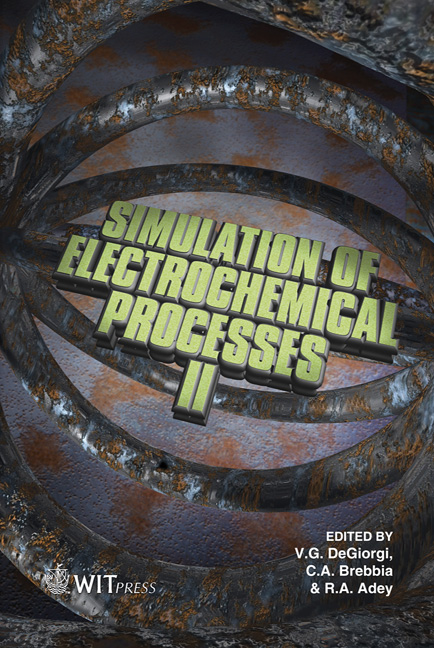Modelling Environmentally Assisted Cracking In Pipeline Steels
Price
Free (open access)
Transaction
Volume
54
Pages
9
Published
2007
Size
372 kb
Paper DOI
10.2495/ECOR070241
Copyright
WIT Press
Author(s)
A. Plumtree & S. B. Lambert
Abstract
An investigation has been conducted on the environmentally assisted cracking (EAC) of ferritic-pearlitic pipeline steels in contact with simulated groundwater. The loading and environmental conditions were similar to those for buried natural gas pipelines in service. An anaerobic, dilute near-neutral pH solution was used in conjunction with the open-circuit potential for this system. The intent of this work was to determine and model the growth rate of environmentally assisted cracks in the form of transgranular stress corrosion cracks (TGSCC) that have been observed following field investigations. Combinations of low frequency cycling and high stress ratio R (=minimum load/maximum load), can produce transgranular fracture and a quantitative relationship between these two parameters has been developed for the conditions under which TGSCC takes place. The recorded crack growth rates were similar to those in the field and a superposition model was applied to the experimental data, giving good agreement between the observed and predicted single crack growth rates. Applying the superposition model to operating natural gas pipeline data indicated that more realistic predictions of crack growth would result by considering the interaction of multiple cracks, as observed in the field colonies. Keywords: crack growth, near-neutral pH solution, pipeline steel, superposition model, transgranular stress corrosion cracking. 1 Introduction Pipeline steels with a ferritic-pearlitic microstructure are highly susceptible to environmentally assisted cracking (EAC) known as a transgranular stress corrosion cracking (TGSCC) in dilute near-neutral (pH ~ 6.5) solutions [1]. This
Keywords
crack growth, near-neutral pH solution, pipeline steel, superposition model, transgranular stress corrosion cracking.





